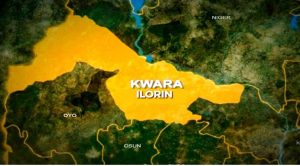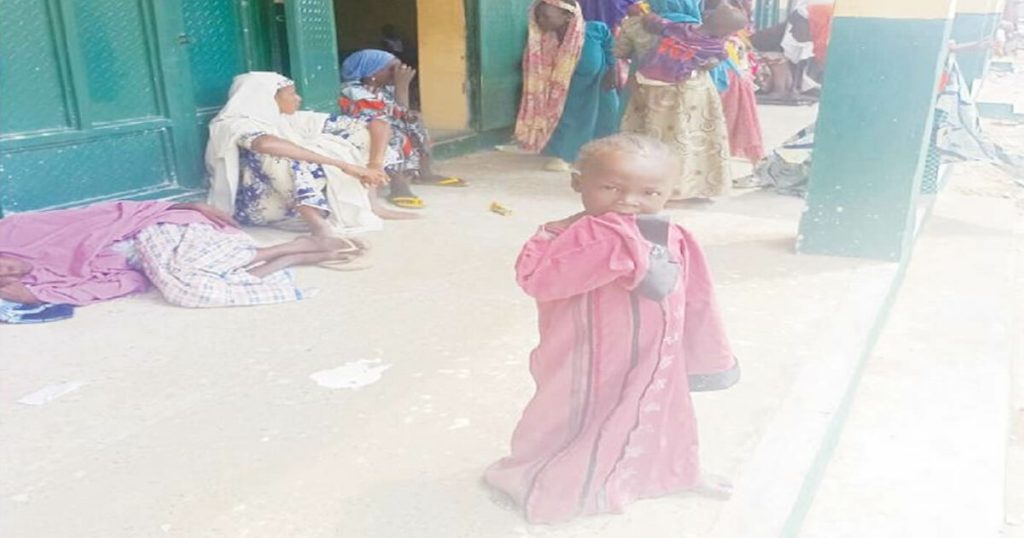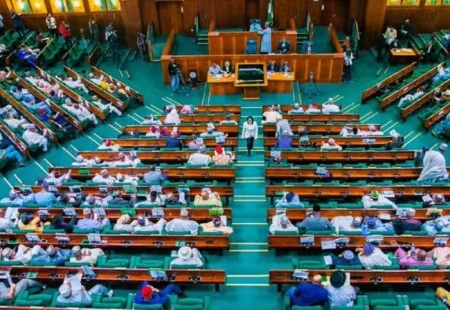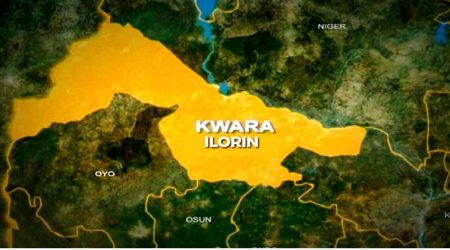The devastating floods that ravaged Adamawa State, Nigeria, on Sunday, left a trail of destruction and displacement, forcing a multitude of survivors to seek refuge in makeshift camps. One such camp, established at the Yelewa Primary School in Yola-South Local Government Area, quickly became overwhelmed with a surge of children, elderly women, and pregnant mothers, all struggling to cope with the sudden upheaval of their lives. Governor Ahmadu Fintiri, upon his return to Yola on Monday, confirmed the grim reality of the disaster, announcing that the death toll had risen to 23, with numerous individuals still unaccounted for. His visit to the affected communities, including the Yelewa camp, offered a semblance of solace to the distraught victims, as he expressed his condolences and pledged the government’s unwavering support in providing essential relief materials.
The scene at the Yelewa Primary School camp painted a poignant picture of the flood’s devastating impact. Classrooms transformed into temporary shelters, with mats strewn across the floors providing meager comfort to the displaced families. Children, visibly shaken, huddled together, while elderly women and expectant mothers bore the weight of anxiety and uncertainty etched on their faces. Alhaji Bello Pegi, a resident whose home and livelihood were swept away by the raging waters, shared his agonizing story, revealing the loss of his two brothers amidst the chaos. Another young mother, cradling her four-month-old baby, recounted the harrowing experience of the flood’s sudden onslaught, expressing disbelief at the magnitude of the destruction.
Amidst the despair, government agencies and aid organizations mobilized swiftly to provide assistance to the flood victims. Dr. Celine Laori, Executive Secretary of the Adamawa State Emergency Management Agency (ADSEMA), confirmed the delivery of relief materials, both consumables and non-consumables, to the two designated IDP camps at Yelewa Primary School and Namtari. In a strategic move to consolidate resources and provide more comfortable accommodations, the Deputy Governor, Professor Keletapwa Faruta, directed the relocation of IDPs from the Namtari camp to the Yelewa Primary School, leveraging the availability of sufficient classroom space. Dr. Laori also revealed that Governor Fintiri had proactively released N700 million earlier in the month to ADSEMA, anticipating the potential for flooding in vulnerable areas. This foresight allowed for the procurement of essential food supplies and other materials in preparation for the flood season.
The collaborative efforts extended beyond government agencies, with both local and international non-governmental organizations (NGOs) converging on the camps to provide vital health services and other forms of assistance. While the official death toll remained a sensitive issue, with ongoing rescue operations still underway, ADSEMA officials estimated the number of IDPs sheltered at the Yelewa camp to be 2,394 and 929 at the Namtari camp, totaling 3,223 individuals across both locations. The Adamawa State Primary Health Care Development Agency, under the leadership of Dr. Suleiman Bashir, also played a crucial role in the emergency response, deploying health workers to the temporary camps to deliver essential services such as immunizations, antenatal care, and treatment for common ailments.
Recognizing the importance of public health education, Dr. Bashir appealed to journalists to disseminate vital information on hygiene, sanitation, and disease prevention, not only during emergencies but as a continuous public health initiative. He emphasized the critical need to prioritize nutrition, particularly for children, highlighting the agency’s partnership with the Child Nutrition Fund to procure Ready-to-Use Therapeutic Food (RUTF), while acknowledging the limitations in coverage. The stories emerging from the Yelewa camp underscored the human toll of the disaster, with individuals grappling with the loss of loved ones, homes, and livelihoods.
The concerted efforts of government agencies, NGOs, and healthcare providers offered a glimmer of hope amidst the devastation, striving to provide essential support and alleviate the suffering of those affected by the floods. As the rescue operations continued and the full extent of the damage became clearer, the focus shifted towards long-term recovery and rehabilitation, aiming to rebuild lives and restore normalcy to the devastated communities. The floods served as a stark reminder of the vulnerability of populations to natural disasters and the importance of preparedness, proactive measures, and collaborative responses in mitigating their impact and supporting those affected on the arduous journey to recovery.














